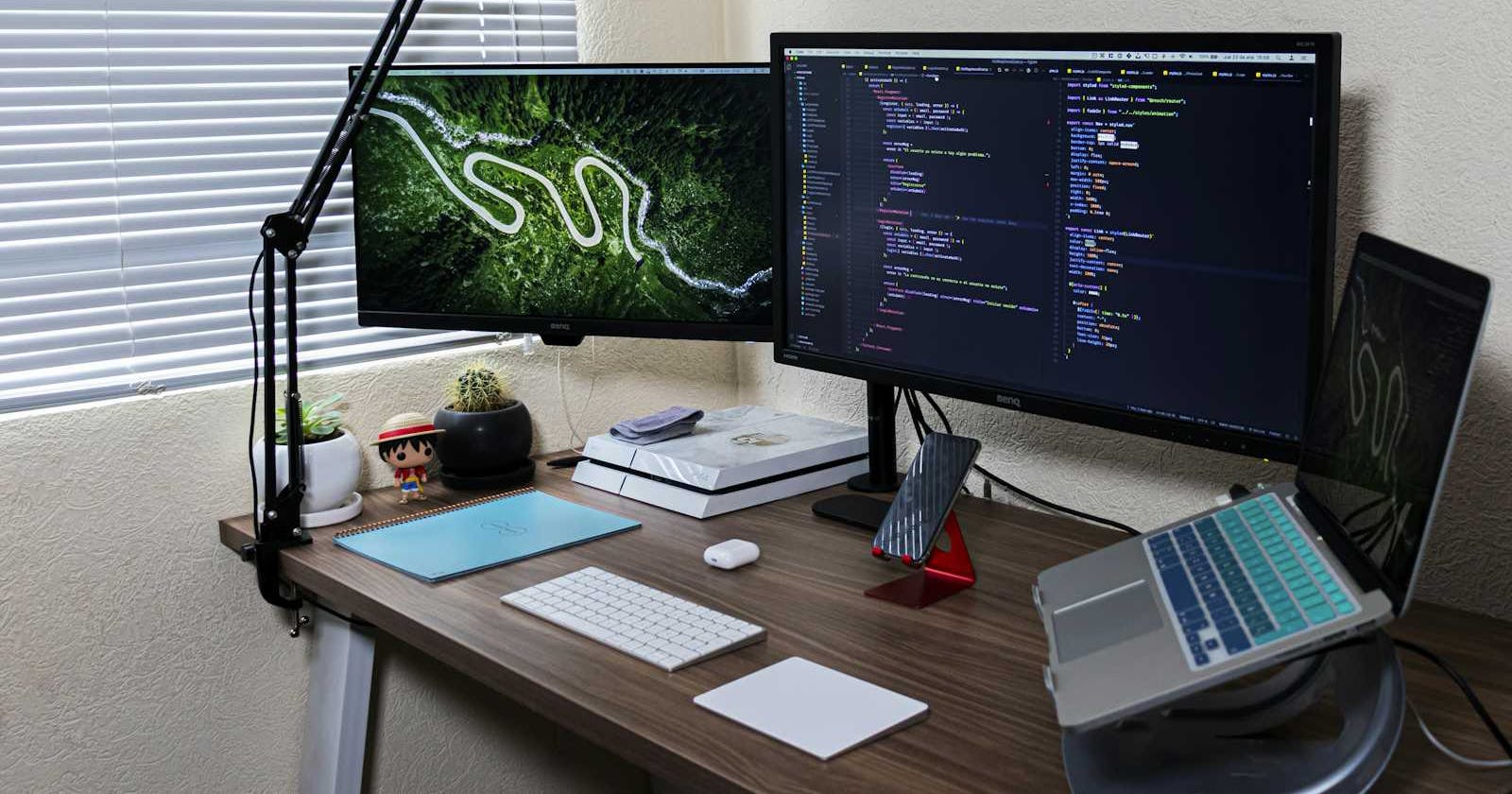Event Propagation is the process through which the event propagates (up or down) through DOM to react to their target. There are two phases of the event propagation capturing phase and bubbling phase. Understanding the event propagation is very crucial for handling user interaction and give more flexibility to understand the complexity of DOM structure.
Let's understand both event propagation one by one
Event Bubbling Phase
This is the default behavior of an event in which when the event occurs it trigger an event object that propagates through DOM moving from the target element to the outermost ancestor
// Adding event listener to the parent div for the click event
document.getElementById('parent').addEventListener('click', () => {
console.log('Parent is clicked');
});
// Adding event listener to the child div for the click event
document.getElementById('child').addEventListener('click', () => {
console.log('Child is clicked');
});
// output
Lets break down this code
When you click on the child div a click event is triggered.
The event starts at the target element which is the
childdivThe event handle for child div is executed
After the target phase is done, the event bubble is started
During the bubbling phase, the event reaches the parent div
The event handle for parent div is executed
// output of the code when you click on the button
Child is clicked
Parent is clicked
Event Capturing
In the event phase, the exact opposite occurs. In this phase, the event starts from the root of the DOM and moves toward the target element.
Lets check out the following example
document.getElementById('child').addEventListener('click', () => {
console.log('Capturing Phase: Child is clicked');
}, true);
document.getElementById('parent').addEventListener('click', () => {
console.log('Capturing Phase: Parent is clicked');
}, true);
In addEventListener method, you have to pass the third parameter as
trueto handle the capturing phase
Lets break down the above code
The event starts capturing from the root element
The event handle for parents is triggered
It will move down toward the target element
The event reacts the target element
Stopping Event Propagation
To prevent an event from propagating through its normal form we stop the propagation in either phase using the stopPropagation technique. This method helps to prevent the event from reaching future event listener in the capturing or bubbling phase
document.getElementById("childElement").addEventListener("click", function(event) {
console.log("Bubbling phase: Child element clicked");
event.stopPropagation(); // Stops the event from further propagation
});
if you like this article let's connect on LinkedIn linkedin.com/in/shivamgupta6418

